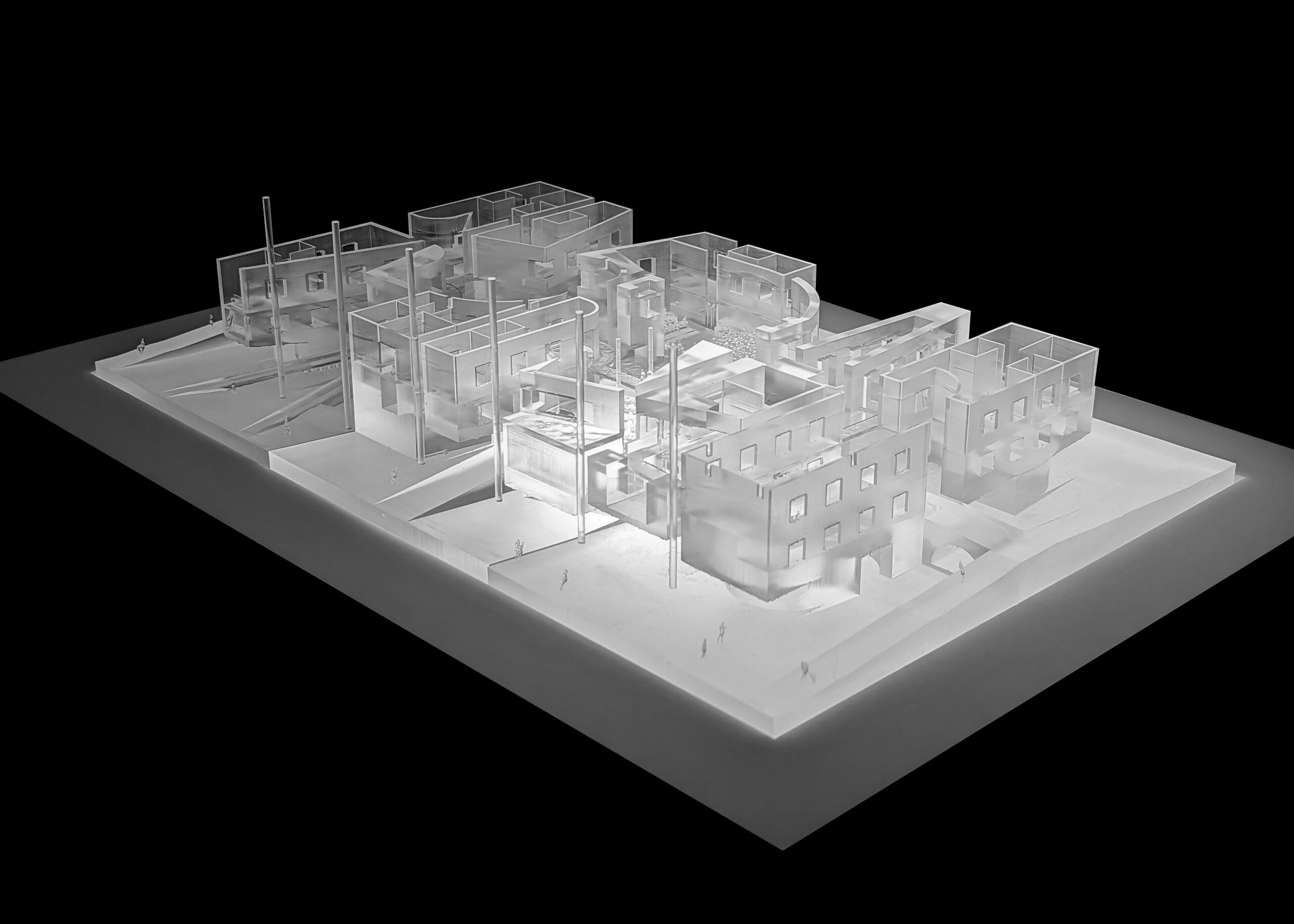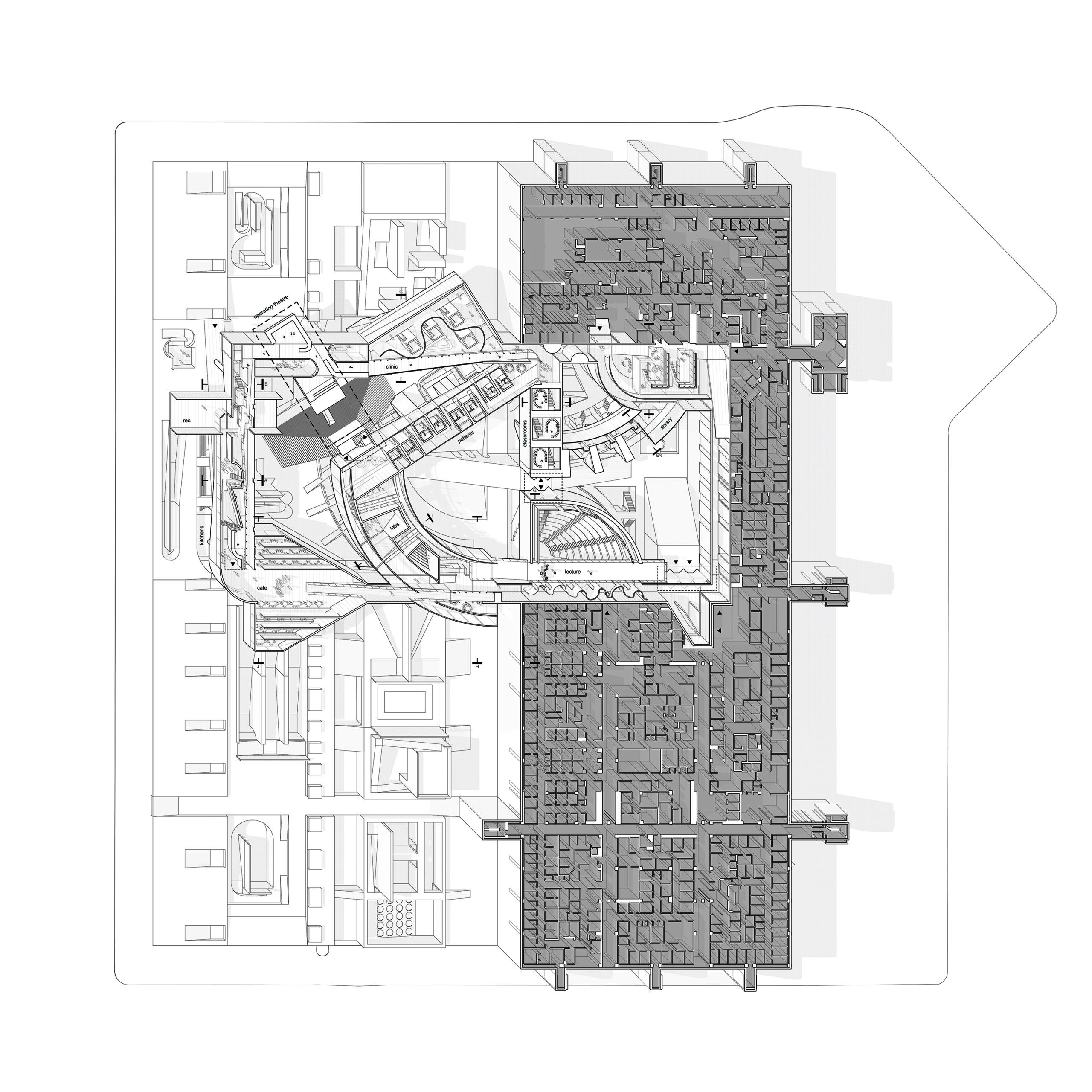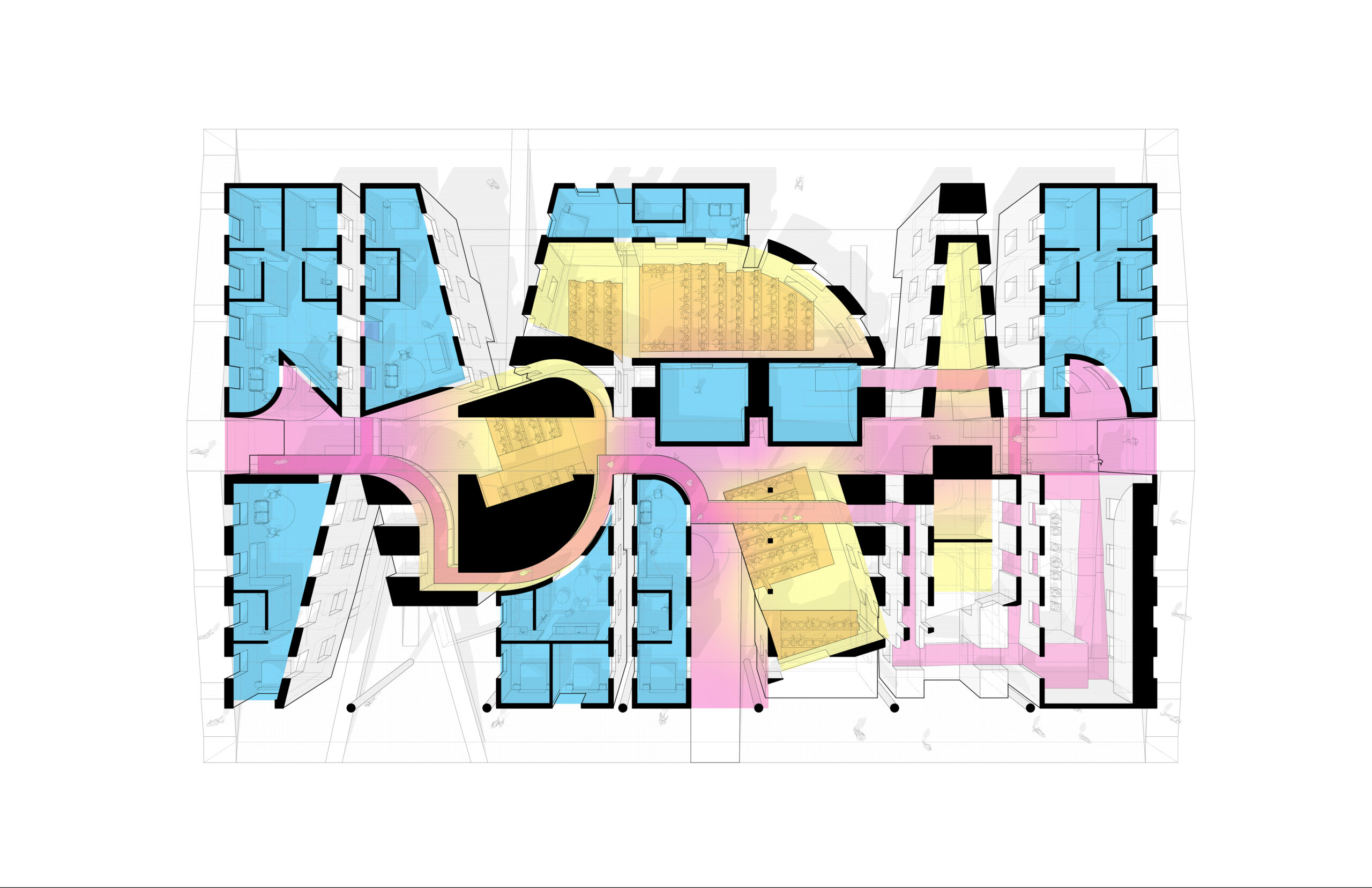Corridor Catalog
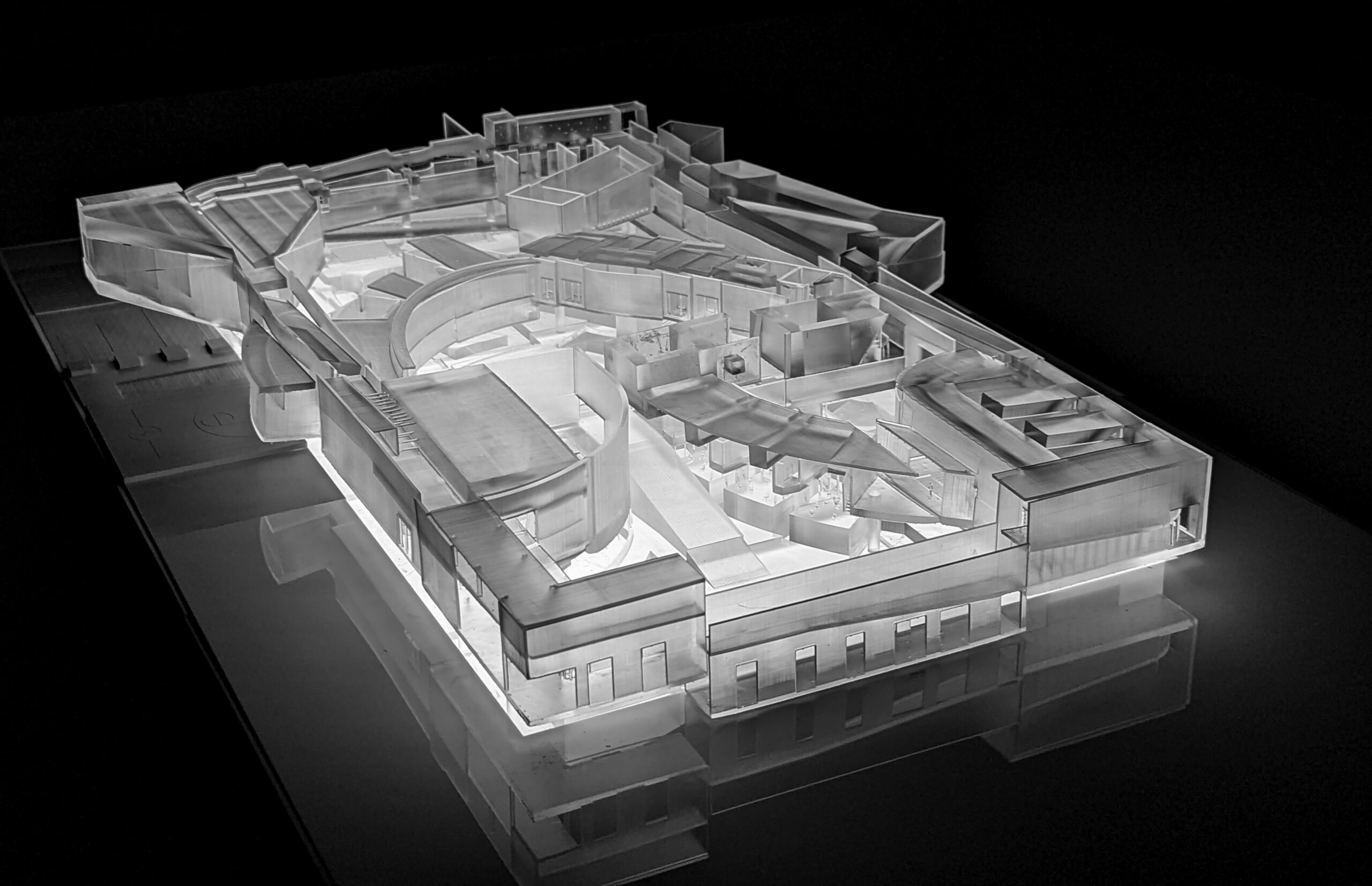
Emmet Sutton, Visiting Assistant Professor, Undergraduate Architecture
School of Architecture
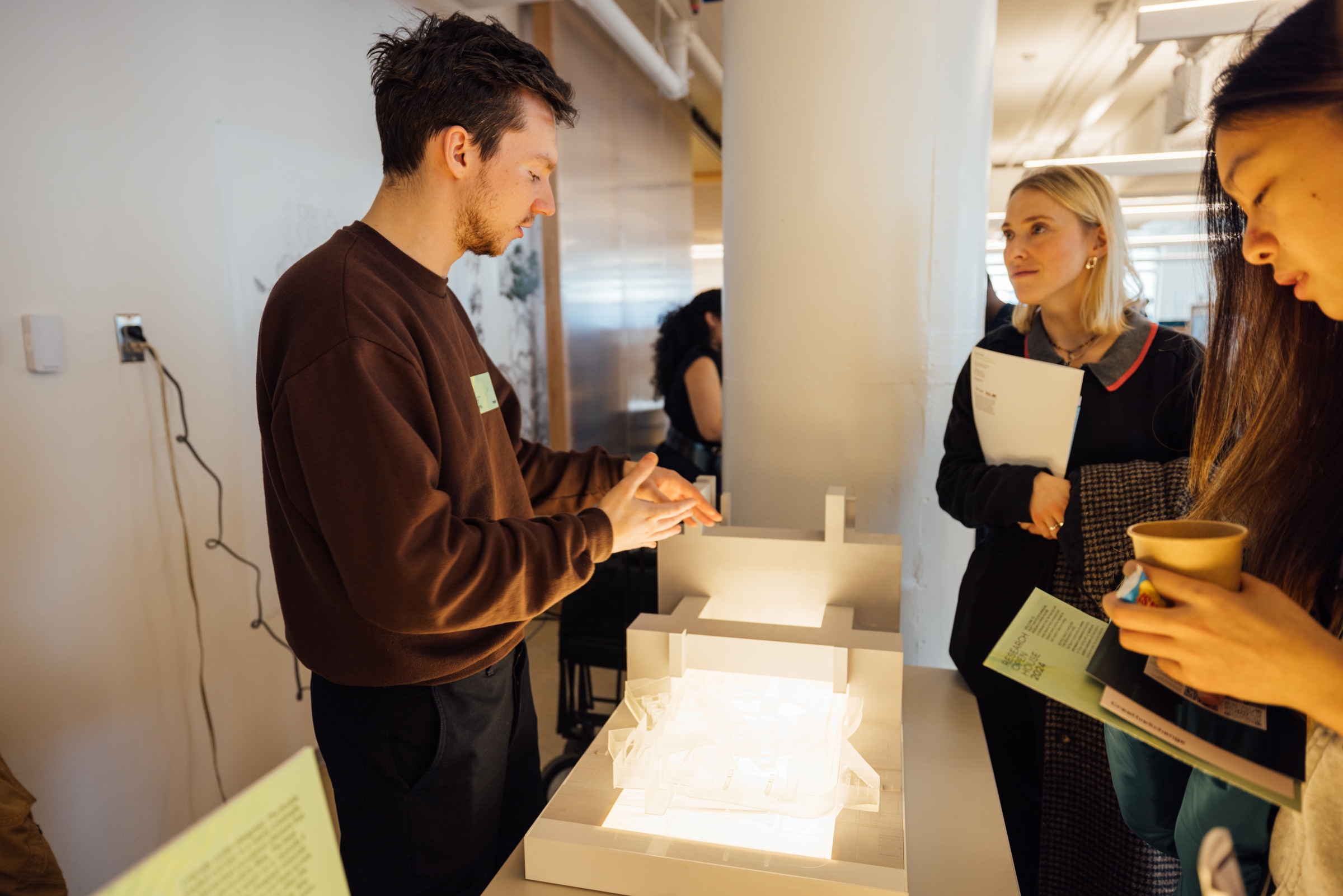
Corridor Catalog encompasses 3 legs of an ongoing research project; Bypassage, NeighborHall and The Occupied Corridor. Bypassage was my Degree Project completed at Pratt Institute. It focused on corridors primarily in schools and universities and attempted to expand the definition of the corridor to aid in a peripatetic learning methodology. NeighborHall was a Project completed at a Summer Residency on Governor’s Island with the Institute of Public Architecture. It examined the corridor’s effect on the legislative branch in the form of lobbying which was a direct result of the widespread implementation of the corridor.
The Occupied Corridor is a new project in process; it concerns itself with widespread implementation of the double-loaded corridor in housing as well as the history of the domestic corridor in general. Additionally it concocts several circulatory alternatives to the corridor that allow meaningful occupation of the corridor as a new shared space.
I began studying corridors when I was a student at Pratt, researching for my degree project. I was interested in the peripatetic method; essentially this entails walking around somewhere while learning instead of sitting in a classroom. This style of learning was pioneered in ancient Athens by Aristotle, who would teach his class while walking on a long path through the hills and the city. In Bypassage I developed a series of corridors that could accommodate all the different learning environments necessary for a medical school and created an speculative extension to the WoodHull Medical Center in Brooklyn.
This process revealed several things to me; the history of the corridor isn’t well known by most people, architects included, and that the corridor is also critically under-designed. The double loaded corridor is a nearly universally implemented circulation element that no one particularly likes. The least design time is spent on it, typically it is finished in the cheapest materials and crucially it does not have access to natural light or air. It is often the weakest part of any building. Why then, is it nearly ubiquitous in every new school, office, prison, etc?
The corridor impacted several different societies in a variety of ways as it was implemented at disparate times. Europe spread its utilization of the corridor through colonialism. For the Spanish the word corridor originally meant a person who could run errands or deliver messages quickly. As Spain colonized other countries and peoples it started to include the corridor as a physical space, they implemented a corridor from the outside of the building leading directly to the central executive office of the colonial outpost. This was meant to create facile dissemination of information to the colonizers.
Domestically the corridor arose as a tool of classism, the serving class had particular corridors to stay out of sight and out of the way of the ruling class. Despite its quite troubling history it’s architectural relevance is nearly nil, it is not often discussed and has not been fully interrogated. It is accepted as a necessary evil. My research and architectural work is about re-evaluating the corridor and asking what else can it do, can it become a cherished shared space, can it accommodate overflow space for cramped apartments, or can it be more than purely circulation?
